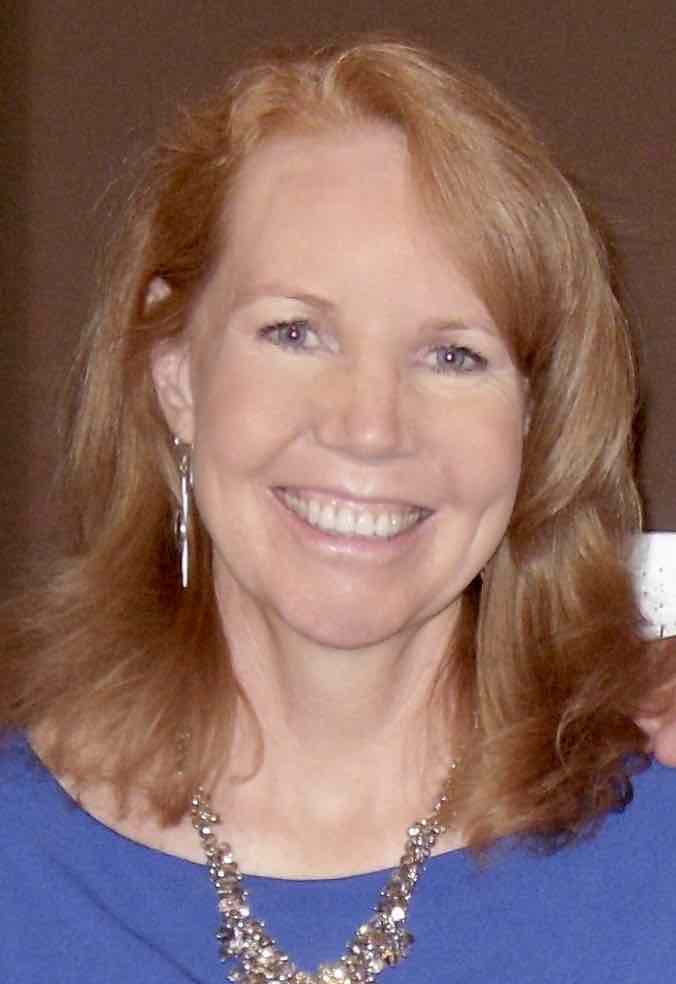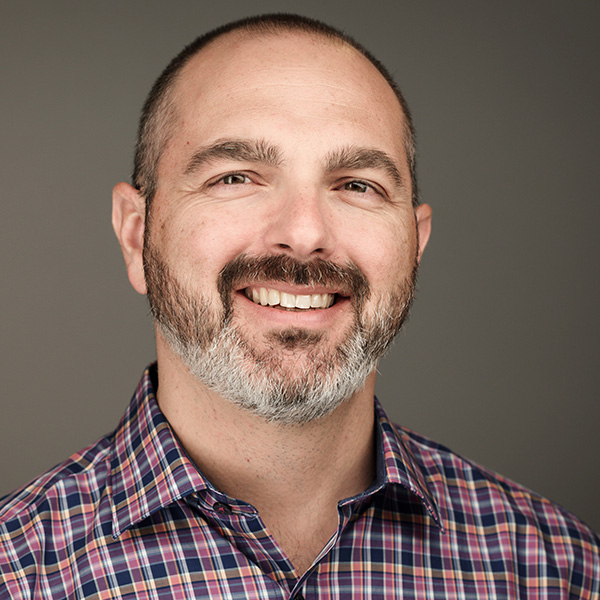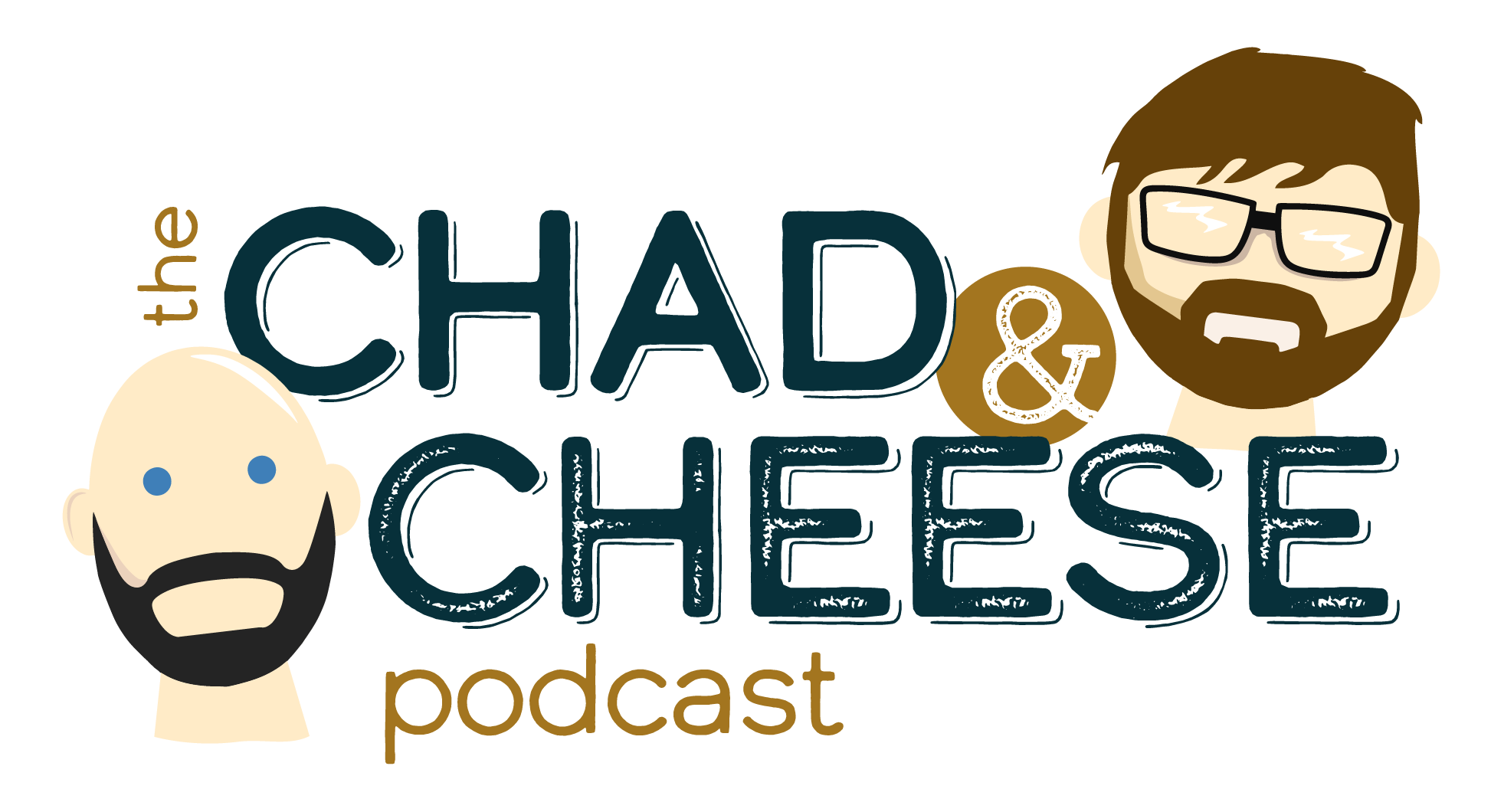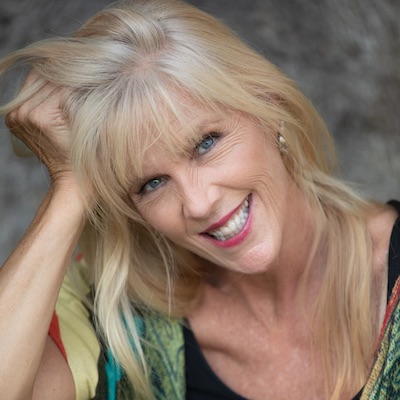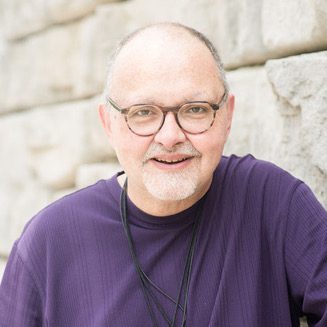Dying Is Not Pretty
I get emails weekly from upset caregivers and family members who had Hospice services. Now that mom is dead they are angry with hospice. It is the hospice’s fault that mom died. “Hospice killed my mom.”
My first response is that hospice did not educate enough, interact with caregivers enough, teach enough — and that is partially true. Time spent with families talking and teaching brings a better understanding of what is happening and what will happen.
Education is 90% of what we do when working with end of life situations. When we explain before death approaches and, if you can be present, even as death is occurring, then lack of understanding will not turn into fear and anger because death occurred.
Another area to consider: I’m not going to say hospice did or did not kill mom. I don’t know the details of mom’s dying. BUT I am going to say mom was on hospice service because she was dying. Hospice takes care of people who are dying. If it is an appropriate referral, mom will die while on service.
That is what hospice does — takes care of the dying until death comes. What’s not to understand here? Mom will die while getting hospice care.
I wonder if it isn’t in part how mom looked when she was dying that creates the accusations. People don’t die like they do in the movies. Mom is not going to say some profound words, close her eyes and be dead. Dying is not pretty. It is messy. It is scary. It often looks torturous and unnatural.
The thing is, it is natural. That is how people die. Sometimes when death comes, it is gentle and appears peaceful. But most of the time it is laborious, long and certainly not pretty. There is generally a “struggle” to get out of our body. Hospice often provides medications (sometimes morphine) to relax and ease the labor, the struggle. Mom relaxes and dies. Then “Hospice killed my mom.”
Something more… about Dying Is Not Pretty
When we understand the normal dying process and what it will look like, our experience with our dying loved one becomes less fearful. Hospice agencies and end of life doulas have shared with me how valuable it has been for them to show NEW RULES for End of Life Care to families struggling with the process of dying.
Here are some reviews of the film:
Originally Published on https://bkbooks.com/blogs/something-to-think-about















